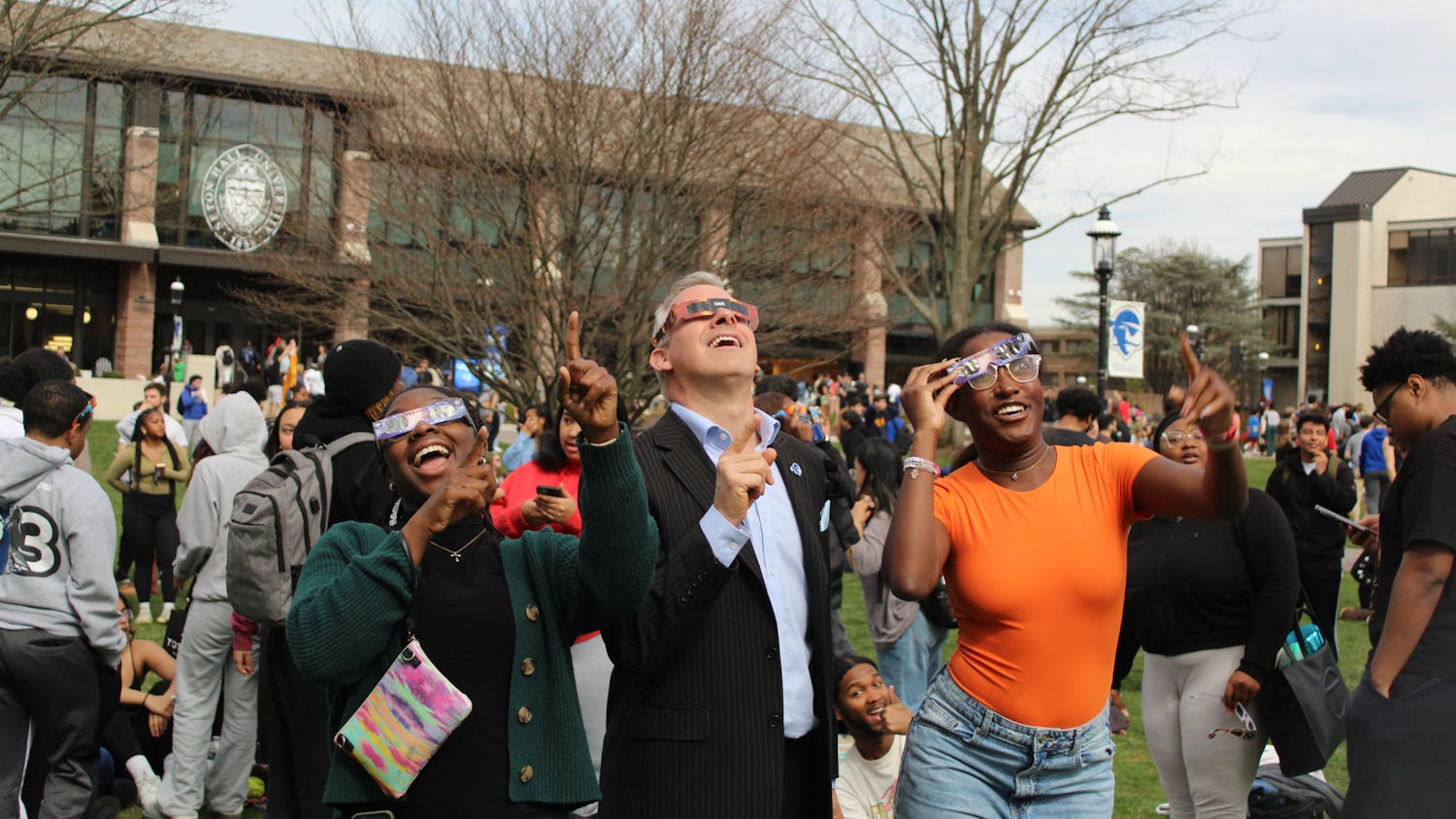Formaldehyde, a common gas used in biology laboratories, has been added to a list of known human carcinogens, according to the Federal Government.
According to the National Cancer Institute, formaldehyde may cause leukemia, particularly myeloid leukemia and brain cancer.
Formaldehyde is used in pressed-wood products, glues and cigarettes. It is also used to embalm organisms, according to the American Cancer Society.
It is also common in preserving species for dissection.
Most biology students remain unconcerned with its use in their mandated labs.
Sophomore biology major Kristen Gavidia said she has had two previous biology labs and is currently taking a third.
"I don't really mind [formaldehyde use] as long as I have the proper safety equipment on," Gavidia said.
According to faculty member, David Edwards, in labs, gloves and fume hoods help prevent contact with the user.
"Masks are for primarily uncontrolled environments," Edwards said. "Formaldehyde, because it is a carcinogen, is used in the fume hood until they're [students] done with their steps."
Matthew Chapman, a senior biology major also said that he does not worry about the gas.
Chapman has taken six labs and is currently in three this semester.
"The exposure does not bother me at all," Chapman said. "I have always used gloves while handling anything that has formaldehyde."
Gavidia, however, added that if she could change anything about her contact with formaldehyde she would have worn a mask to avoid the fumes.
Both students agree that Seton Hall has taken many steps to protect its students but should notify them of the specific dangers associated with the chemical.
"SHU has definitely taken many precautions to protect its students when dealing with chemicals," Gavidia said. "As with formaldehyde, they should tell us of the dangers it might inflict upon us, but overall, I have not had any major accidents or mishaps [with the chemical]."
Gavidia claims the lack of mishaps is a result of precautionary measures Seton Hall mandates students to agree to during lab sessions.
Chapman also agreed that the university has taken sufficient measures but should educate students more about the chemical and its associated risks.
"I feel that Seton Hall should inform you to be more careful while handling the substance," Chapman said. "Seton Hall should just inform the students to be careful and know what formaldehyde is and what it can do."
In 1992, formaldehyde exposure was limited to 0.75 ppm over an eight hour work period by the US Occupational Safety and Health Administration (OSHA).
OSHA's website states, "Teachers and students who handle preserved specimens are potentially at high risk [for exposure]."
OSHA claims exposure most commonly occurs through inhalation rather than skin absorption.
According to Edwards, the use of formaldehyde is very limited.
"We have about 500 mL of traditional formalin on hand, it is used sporadically," Edwards said. "Instead they use paraformaldehyde."
Paraformaldehyde is a similar substance, but significantly not as hazardous.
The substance is derived from formaldehyde.
Dr. Jane Ko, chair of the biology department, did not return requests for comment as of press time.
Jessica Card can be reached at jessica.card@student.shu.edu.





